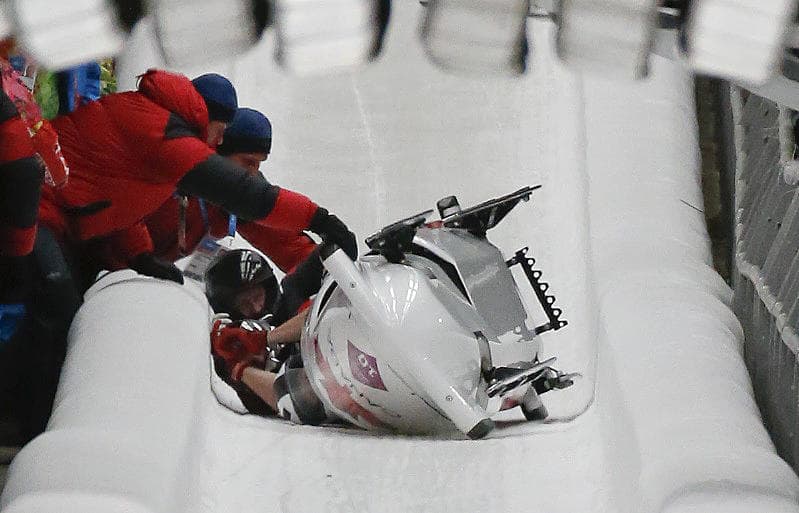
An increasing number of athletes in sliding sports, particularly bobsledding and skeleton, are taking their own lives. Looking at a series of case studies over recent years, neuroscientists are working to understand how dangerous these sports are in terms of the risk to the brain. The findings are consistent in showing continuous head injuries that eventually, if not immediately, lead to psychological problems, gradual brain deterioration, and suicidal behaviors.
It is widely known that high-impact sports involve mild traumatic brain injuries and concussions. However, little research has been dedicated to sliding sports athletes and with the rise in suicides over recent years, the focus has shifted. Common in these sports are the symptoms athletes find themselves experiencing, as well as the cause. Experts have found that these symptoms most likely originate from years of repetitive crashes, headbanging, brain-rattling vibrations, and strong gravitational acceleration forces.

Professional bobsled athletes commonly refer to a symptom, experienced by other high-impact sports athletes, known as “sled head”. This reference, summarizing the exhausted fog experienced in a routine track run, is leaving brain experts concerned. Commonly used, the symptom, which is directly associated with concussions and other brain injuries, has become disconcertingly normalized. Brian Benson, the chief medical officer for the Canadian Sport Institute in Calgary, Alberta, stated “The concussions from the major crashes get diagnosed. The real concern is the concussion-like symptoms they experience because of the high speeds and the forces.”
Adam Wood, the former rising star bobsled athlete in Canada, recognized the dozens of crashes and head injuries he had already experienced, leading him to leave the sport in 2007. However, despite choosing to end his career due to the risks, the years that followed his retirement proved that it was too late. A severe mental illness gradually took over his seemingly ideal life and eventually lead him to commit suicide. This, on top of several others in close occurrence, has shown evidence of the repercussions of continuous head injuries.
This tragic and continuous pattern in high-impact sliding sports leaves brain experts and people alike wondering how much is too much? While many of these hopelessly dedicated athletes cling to the hopes of getting better, or worse — avoid the reality of the damages the sport poses to their brains — research continues to prove just how dangerous enduring incessant head injuries are.